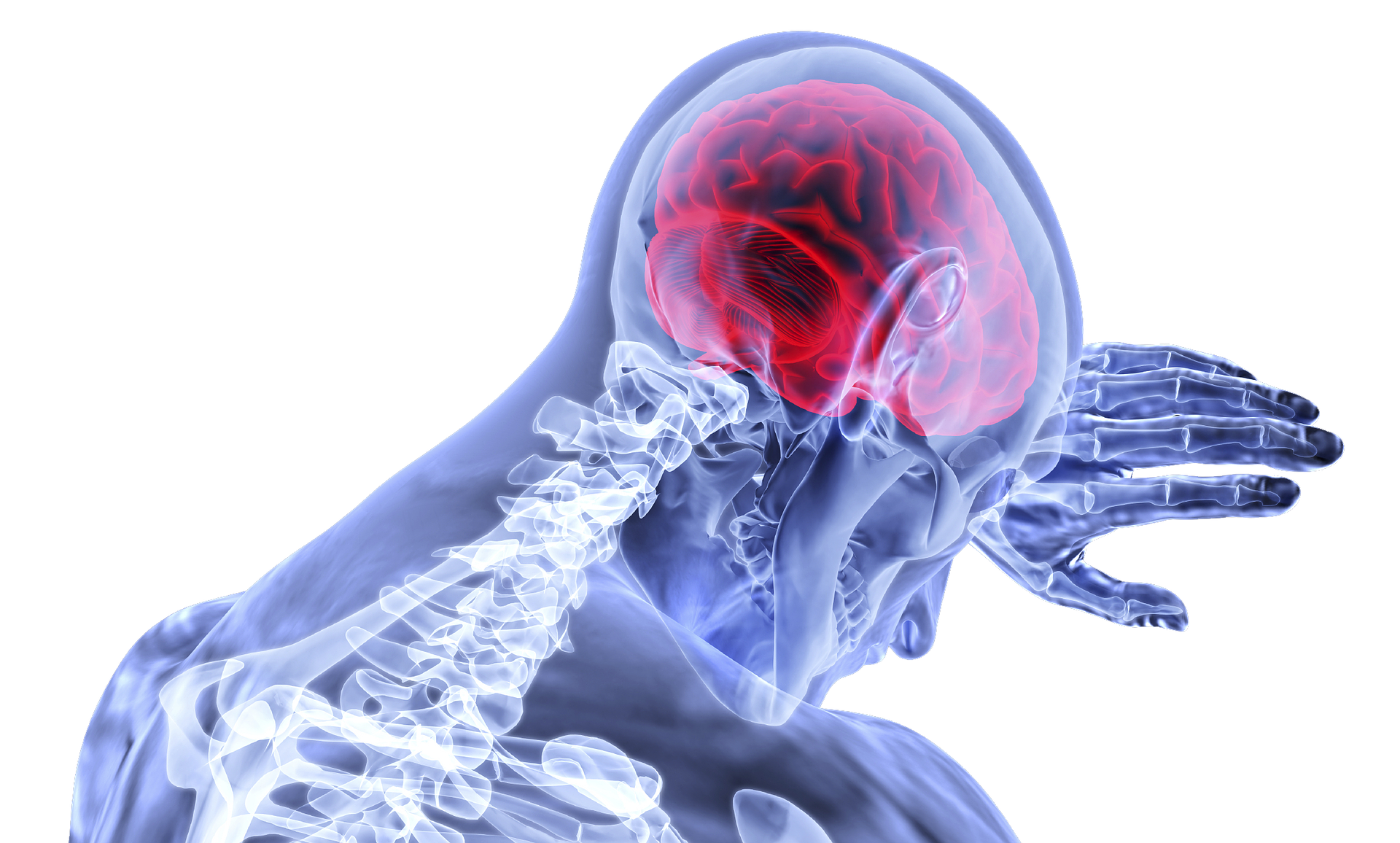
28 Mar Understanding and Preventing Strokes in Seniors
Strokes can be life threatening. Look out for warning signs and take action to prevent risks.
Stroke is the third leading cause of death in the United States. Every year, approximately 600,000 strokes are reported. Additionally, its the leading cause of long-term disability in adults.
Commonly, a stroke restricts blood flow to an area of the brain. Brain cells will then begin to die in the area because they don’t get needed oxygen to function. A stroke, however, can also be from a bleed inside the brain (hemorrhagic stroke). Generally, a person having a stroke will present with localized symptoms including weakness, numbness, tingling, or slurred speech.
Remember FAST.
The acronym FAST (face, arms, speech, and time) is a fast way to determine if someone is having a stroke. Challenges in smiling completely, lifting both arms, or repeating a simple phrase are all warning signs of stroke. Take note of the time and immediately call 911. Usual symptoms of stroke include sudden weakness or numbness in the face, arms, or legs. Particularly, it is noted on one side of the body. Confusion or difficulty speaking or understanding may be observed. Other signs include balance or coordination problems, vision loss or dimness, difficulty in moving or walking, severe headaches with no other known cause, and a loss of consciousness or seizure.
Treatment varies based on stroke type
Strokes fall into two different categories. One is ischemic stroke and the other hemorrhagic stroke. An ischemic stroke results from a clot that blocks blood flow to the brain. Hemorrhagic strokes happen when a blood vessel that supplies blood to brain ruptures and bleeds. Treatment for stroke depends on the stroke type. The top treatment for ischemic stroke is thrombolytic therapy (also called “clot-busting” therapy or tPA). As a rule, thrombolytic therapy must be initiated within three hours of the onset of symptoms.
When thrombolytic therapy is not appropriate or effective, different treatment options are available. One of the newest minimally invasive treatments for ischemic stroke involves the use of a mesh stent retriever to restore blood flow to the brain and remove the blood clot.
In a hemorrhagic stroke, repair of the source of bleeding and controlling pressure inside the skull are both important aspects of treatment.
Prevention is vital.
As many as 80 percent of strokes can be prevented. The key to prevention is identifying and reducing controllable risk factors. These include high blood pressure, atrial fibrillation, physical inactivity, high cholesterol, atherosclerosis, circulation issues, diabetes, obesity, and smoking. The presence of a brain aneurysm, which is a bulge in the wall of the blood vessel, is a risk factor for hemorrhagic stroke. If any of these risk factors are observed, speak with your doctor about how to reduce and address these risks.
For those experiencing or observing any of the referenced symptoms, seek medical attention immediately. Roughly 6.5 million people die from stroke each year, while 26 million stroke survivors live to see another day. Take you or your loved one’s health and stroke symptoms seriously, and you can be prepared to overcome the effects of stroke.
For elders or loved ones that need additional support, caregivers at Chosen Family can be your partners in promoting strong health and monitoring health risks. Caregivers can evaluate seniors through a proven training program. They will provide support for activities of daily living. If you need help with assistance at home for you or your loved one, you can count on professional and quality support from Chosen Family Home Care right here in Philadelphia, Delaware, Bucks, Montgomery, and Chester counties of Pennsylvania.

1 Comment